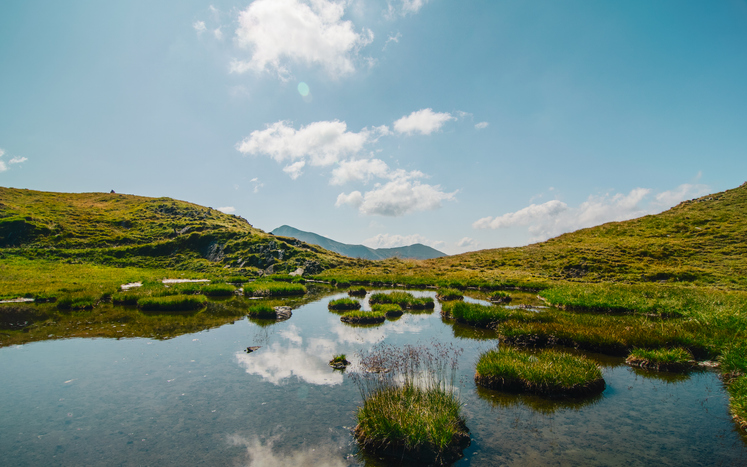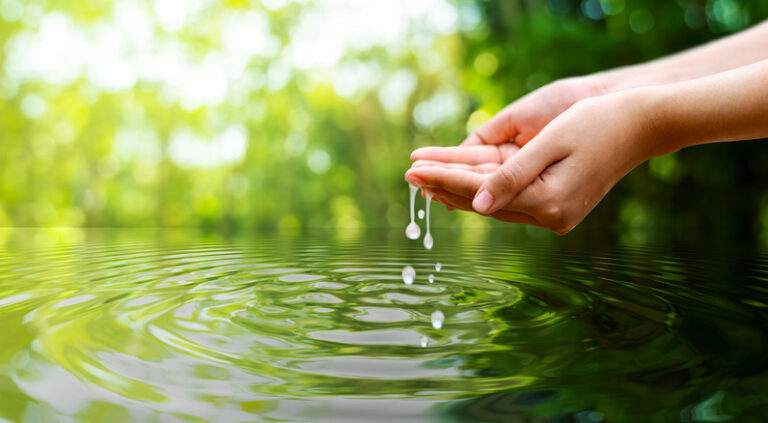By 2050, we will share our planet with an estimated 9 to 10 billion people. We could be headed towards a crisis unless we significantly change how we currently use fundamental resources such as water that support healthy lives, according to the sixth Global Environment Outlook (GEO6). The report was released on March 12, 2019 to coincide with this week’s United Nations Environment Assembly session in Nairobi, Kenya.
First published in 1997, the Outlook presents the current state of the science in order to better guide societies. This latest report is the most comprehensive Outlook to date and places a special emphasis on solutions. The GEO6 lays out steps that policymakers, businesses, and individuals can take in order to fulfill international promises, such as the Paris Agreement and reach the Sustainable Development Goals (SDGs).
“It gives quite a clear picture of where we stand and how we can tackle all of the issues from many different angles,” said Yoshihide Wada, deputy water program director of International Institute for Applied Systems Analysis (IISA) who contributed to the report. The authors of the report include some 250 scientists and scholars that hail from more than 70 countries.
Wada was a lead author on chapters 21 and 22, providing insights into current and future freshwater concerns. These chapters use multiple models to explore whether current trends looking across resource areas will lead societies to reach their environment-related SDGs by 2050 and what pathways exist to enable sustainable development.
In chapter 21, the authors conclude that we are not, globally speaking, on track to meet our sustainable targets. Although there have been some successes, for example, in reducing hunger and increasing access to safe drinking water, the rate of progress is moving too slowly to meet the world’s projected needs by the year 2050. Meanwhile, the chapter authors found, rapid environmental degradation is on the rise.
Chapter 22 of the report focuses on pathways by which SDGs can still be achieved. The authors write that correcting our course is possible but “large, transformative changes are needed.” Among the recommendations, the authors emphasize a need to study the intersection and interplay of various goals to better map out possible synergies and tradeoffs.
Wada’s area of expertise, for example, interacts with many other sustainable target areas. “Water is a cross-cutting issue,” he said. “Oceans, agriculture, and land use all connect to freshwater. When energy demand goes up, it also affects water.” Water stewardship, then, whether it involves investment in desalination plants or greater storage facilities, needs to be understood in the context of other goals in a given location.
The authors concluded that the best solutions will tackle multiple issues together – such as land use, food, and energy – rather than one domain at a time. For the GEO6, the researchers created a matrix to identify how targeting one sustainable goal might relate to others. “That is actually a very important contribution from this report,” said Wada.
This emphasis on how various targeted systems interlink requires further study and the authors call for more data and models to fill in gaps in this approach. Assuming that occurs, it could yield many more insights in the years to come.
The Canadian Water Summit is hosting a session on Progress through Partnerships: Towards Achieving Sustainable Development Goals on May 30, 2019. Click here for more information.









